No matter how many times you’ve experienced it, there is something always thrilling about spring. Whether it’s the longer days, new life bursting from once-barren flowerbeds, or the smell of blooming lilacs, spring stirs the hearts of young and old, gardeners or not. As you take advantage of sunny, brisk early spring days, here are some suggestions to start a new season of gardening on the right foot.
First, early spring is a great time to tend to your lawn, both for moss control and weed prevention. Thanks to our wet and mostly mild La Nina winter, lawn moss seems to be worse than ever this year. To win the battle against moss, follow my three-step moss control program: ferrous sulfate to kill moss, fast-acting lime to sweeten acidic soil and discourage moss regrowth, and Scotts Turf Builder with Moss Control lawn food to fertilize and rejuvenate your winter-weary turf. Applied in succession a week apart, these three steps make an excellent early spring regiment to rescue a moss-infested lawn. Visit us at Vander Giessen’s to pick up our 3-Step Moss Control Program today!
After you’ve tackled moss control, this month is also a great time to get ahead of the weeds that are sure to show up in your lawn later this spring and summer. Bonide Crabgrass Plus is my go-to weed preventer, both for broadleaf weeds and grassy weeds like crabgrass and our most common and frustrating grassy weed, poa annua (commonly called annual bluegrass). While poa can grow throughout fall and mild winter weather, it tends to surge in growth again in spring, so apply Crabgrass Plus to stop its spread and keep other spring and summer weeds at bay, too.
Second, March is an excellent time to start planting shrubs and trees around your yard. Last year’s coronavirus-fueled food insecurity worries prompted a huge increase in vegetable gardening, but maybe this year is the time to take your food gardening a step further. While fruit trees admittedly take more commitment than vegetables—after all, you’re looking at several years’ wait for a crop of peaches versus three or four weeks for your first radish—the rewards are juicy and sweet and will offer crops for years to come. Check out the fruit trees available at Vander Giessen’s this time of year, including the brand-new Cosmic Crisp® apples, in high demand following last year’s commercial fruit rollout. In early spring, we carry a wide variety of dormant fruit trees bare root, and with no soil around their roots from the time you pick them up at the garden center until they get into your yard, they’re light and easy to transplant into your garden.
If fruit trees aren’t your thing, or you just like the excitement of spring blooms, check out one of my favorites—dwarf forsythia. Large, unwieldy forsythia bushes are stunning in their full spring glory, but after those two amazing weeks of golden-yellow bloom, they’re still large, unwieldy forsythia bushes! For that reason, and to better fit into today’s smaller yards, I love Show Off forsythia and her smaller sister, Show Off Starlet, with all the blooms of their larger counterparts packed into a smaller form. Show Off grows five to six feet tall, while Show Off Starlet stays just three feet or less in height.
Finally, take some time this month to fertilize your shrubs, trees, and sprouting perennials with slow-release plant food. After a long, wet winter, plants are hungry for a good dose of fertilizer. My preferred slow-release fertilizer is Jack’s Classicote, which feeds continuously for three to four months and works very well for most plants. To feed acid-loving plants (think rhododendrons, azaleas, camellias, and blueberries), use a fertilizer like Espoma Azalea-Tone, an organic blend formulated for acid lovers.
As the days lengthen and life returns to your garden, enjoy the thrill of a new season upon us!


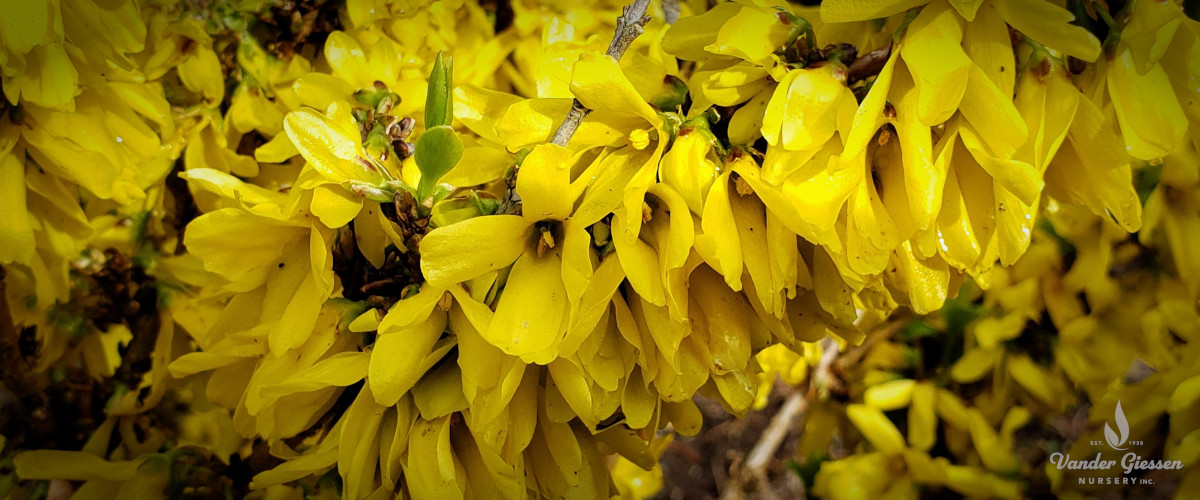
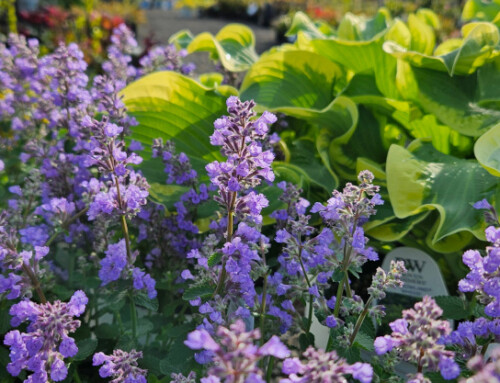
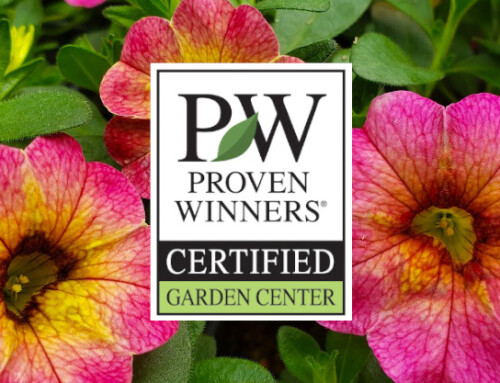

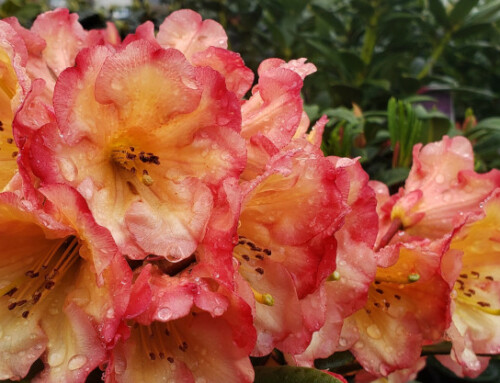
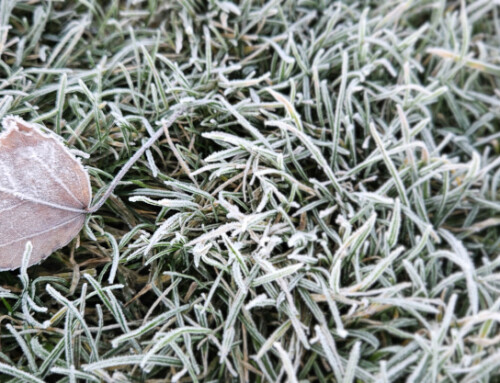
Thank you for the great tips! Awesome article.
What a delightful read! Spring truly brings a sense of wonder and excitement to every gardener. Your tips for moss control and weed prevention are spot on for early spring. And who can resist the allure of planting fruit trees? The anticipation of juicy crops in the years to come is worth the wait. I’m also intrigued by the dwarf forsythia varieties you mentioned—compact and bursting with blooms, they sound like a perfect fit for smaller yards. Thank you for the reminder to fertilize our plants; they certainly deserve a nourishing boost after a long, wet winter. Here’s to embracing the joy and thrill of this new gardening season!